INCOSE, the master tool for System Thinking
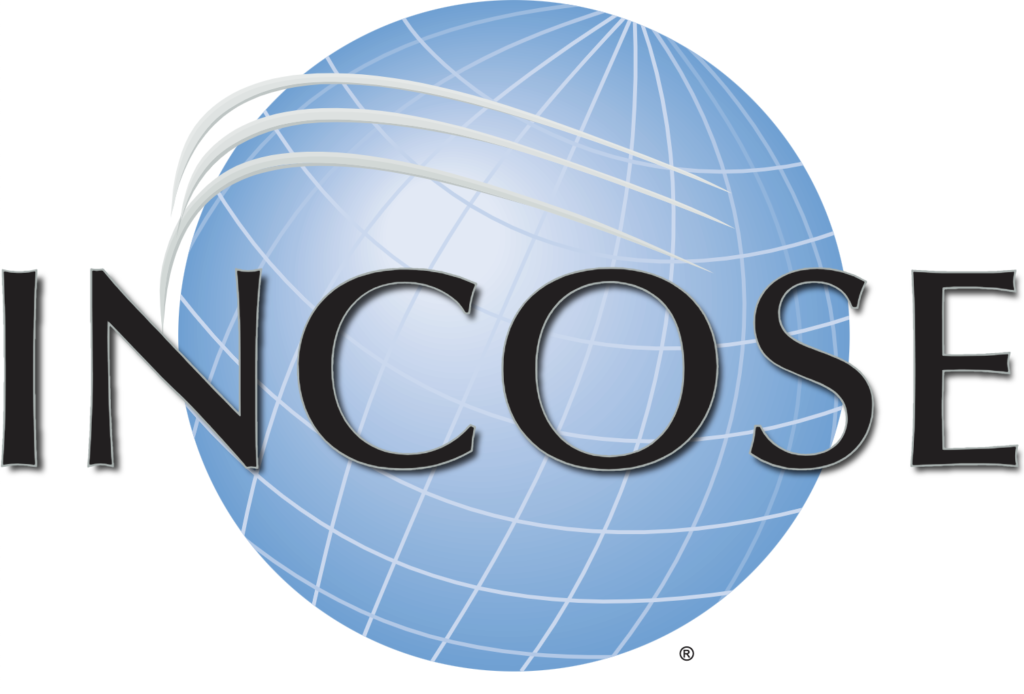
Systems engineering might not be an approachable topic for most of you, readers, who regard it a complex subject. If you search Systems Engineering on Wikipedia, the following will show up:
“Systems engineering is an interdisciplinary field of engineering and engineering management that focuses on how to design, integrate, and manage complex systems over their life cycles.”
A little messy, isn’t it? Now imagine that each discipline applied its own SE processes and methodologies, the proper understanding of all of them will be far away for the vast majority. And that is the reason why INCOSE is here for.
This non-profit organisation aims for the interest of developing a global community of systems engineers and systems approaches to problems. Meaning that INCOSE is in charge of developing a common standard for the easier understanding and application of SE within the educational, networking, and career-advancement framework.
What is INCOSE?
As being designed to connect SE professionals with educational, networking, and career advancement opportunities in the interest of developing the global community of systems engineers and systems approach to problems, The International Council on Systems Engineering (INCOSE) is a not-for-profit membership organization founded to develop and disseminate the interdisciplinary principles and practices that enable the realization of successful systems. Another major concern, in dee, is the fact that it is also focused on producing state-of-the-artwork products that support and enhance this discipline’s visibility in the world.
Up to this point, your thoughts might have been clarified, but still, there can be some doubts. So, let’s see what INCOSE proposes us, as their vision, mission and objectives.
VISION
“A better world through a systems approach.”
MISSION
“To address complex societal and technical challenges by enabling, promoting, and advancing systems engineering and systems approaches.”
GOALS
- To provide a focal point for the dissemination of systems engineering knowledge.
- To promote collaboration in systems engineering education and research.
- To assure the establishment of professional standards for integrity in the practice of systems engineering.
- To improve the professional status of all persons engaged in the practice of systems engineering.
- To encourage governmental and industrial support for research and educational programs that will improve the systems engineering process and its practice.
Since its formation in 1990, INCOSE has experienced steady growth, with a membership which represents a broad range of professionals, and current the number of member amounts to over 18,000. Members work together to advance their technical knowledge, exchange ideas with colleagues, and collaborate to advance systems engineering.
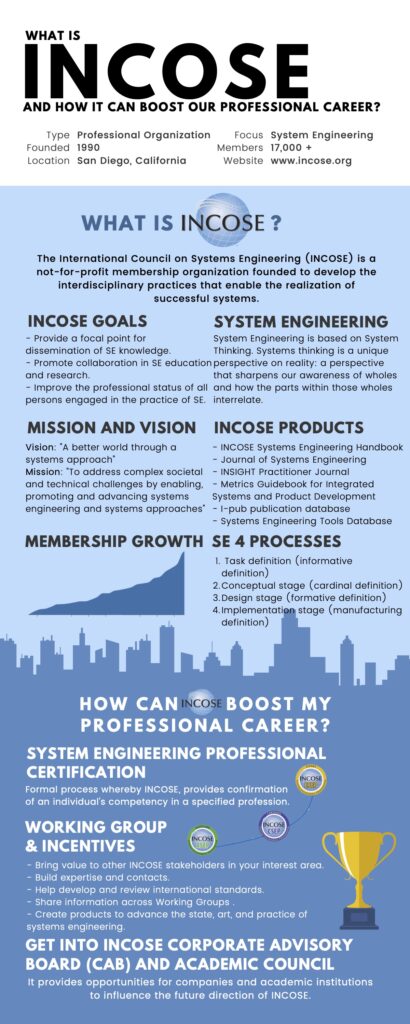
What is INCOSE applied for?
The International Council on Systems Engineering (INCOSE), as its name reveals, tries to develop a standard for SE. Systems Engineering considers and balances the potential and various needs of the system’s stakeholders, being included customers, beneficiaries, users, owners, and relevant third parties, having the objective of providing a solution that is fit enough for its intended purpose in real-world operation. Consequently, the main concern is to develop a solution for the “entire system”, not just the key elements of the solution.
Systems Engineering might be regarded as a learning journey, where the outputs are information and common models. That’s why SE will provide the information required to describe the solution system, all that that to a synthesis process, and to enable the realization and use of it.
In the end, INCOSE just aims to provide efficient and effective solutions to complex and unprecedented issues, creating a common standard for the application and integration of the efforts of engineering and other disciplines. A high leverage task in the “systems-engineering” of engineered systems is to establish or confirm the operational concept: how the system will be used to create value while avoiding negative consequences.
Eventually, The International Council on Systems Engineering (INCOSE), will provide leadership and guidance to integrate all the disciplines and speciality groups into a team effort, being executed a structured development process which goes from concept to production, operation, evolution and final disposal. Collaborative work is one of the main premises, facilitating collaboration between all contributors to system success, recognizing the need to respect diverse points of view.
- Systems Engineering might include a strong governance, technical management and resource management component, in some projects and in some corporations.
- Systems Engineering might have an almost entirely technical and advisory role, if appropriate management and implementation structures already exist, in other projects and corporations.
- SE might be needed to be applied at multiple levels of a complex project, programme or enterprise.
- The roles, responsibilities and accountabilities of SE, and how SE will interact with its internal and external stakeholders, should be documented in a management plan.
What impact does it have?
This non-profit organisation has become the standard for the advancement of systems engineering. For this reason, INCOSE’s members will be in charge of driving the discipline forward, developing state-of-the-art solutions and products for their customers, as well as, solving real-world problems and saving time and money in the process. Nowadays, it constitutes a massive movement with over 18,000 members, as well as, more than 70 chapters in over 35 countries around the globe. INCOSE relies on industry and academic guidance to shape the future direction of Systems Engineering through their Corporate Advisory Board., which has over 120 members.

INCOSE is the place for accessing the value of Systems Engineering for organizations and individuals, leading to improvements in productivity and effectiveness. Additionally, it also collaborates with several organisations to increase its impact through members who serve as experts to influence products and standards.
Like it was stated on their “Vision”, this organization believes in a better world through a systems approach, making this become a reality though collaborations among their members: international experts in government, industry and academia. In the end, what the INCOSE’s members are looking forward to, is to improve system performance, drive change, and make a lasting impact on the world of systems engineering.
It’s a fact that INCOSE has been gaining relevance across the years since its foundation, and this aspect is reflected in the number of members that it contains, nowadays being over 18,000.
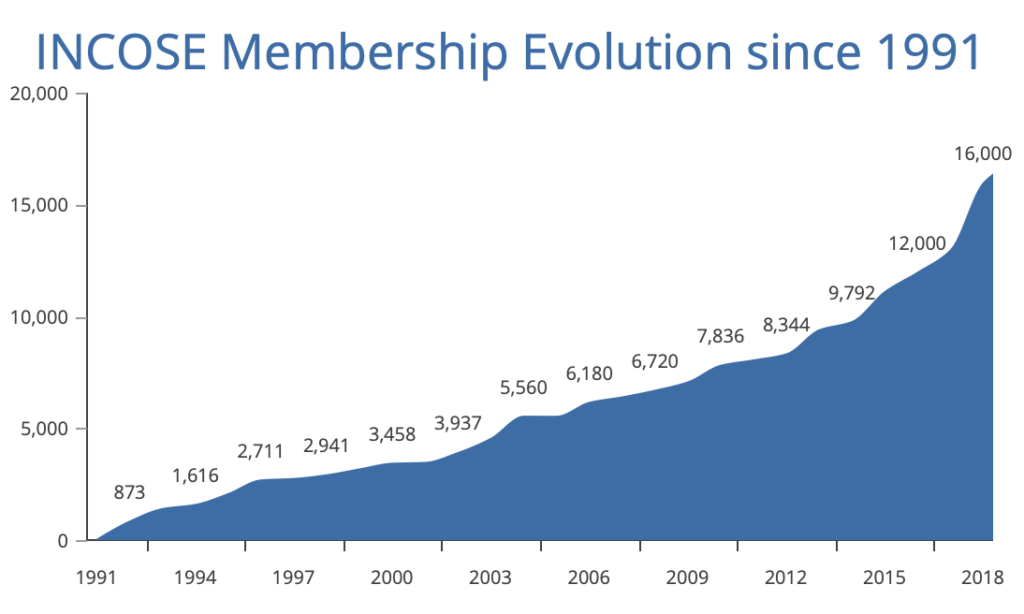
The INCOSE’S Handbook.
Regarding this matter, the most appealing product offered by INCOSE is the Guide to the Systems Engineering Body of Knowledge (SEBoK). But, What actually is the SEBoK used for?
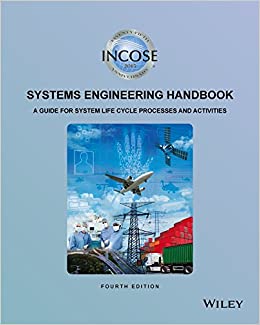
The SEBoK provides a compendium of the key knowledge sources and references of systems engineering organized and explained to assist a wide variety of users. It is a living product, accepting community input continuously, with regular refreshes and updates.
Systems engineering has its roots in the fundamentals, principles, and models of foundational systems sciences, and associated management and engineering sciences. It is applied through the application of systems engineering processes within a managed life cycle working with a number of other management, engineering, and specialist disciplines. While traditionally applied to product development, systems engineering can also be applied to service and enterprise systems.
Starting from this basic view of the scope of knowledge relevant to SE, the SEBoK is organized into 8 parts, the most relevant are: Foundations of Systems Engineering, Systems Engineering and Management, Applications of Systems Engineering, Enabling Systems Engineering and Emerging Knowledge.
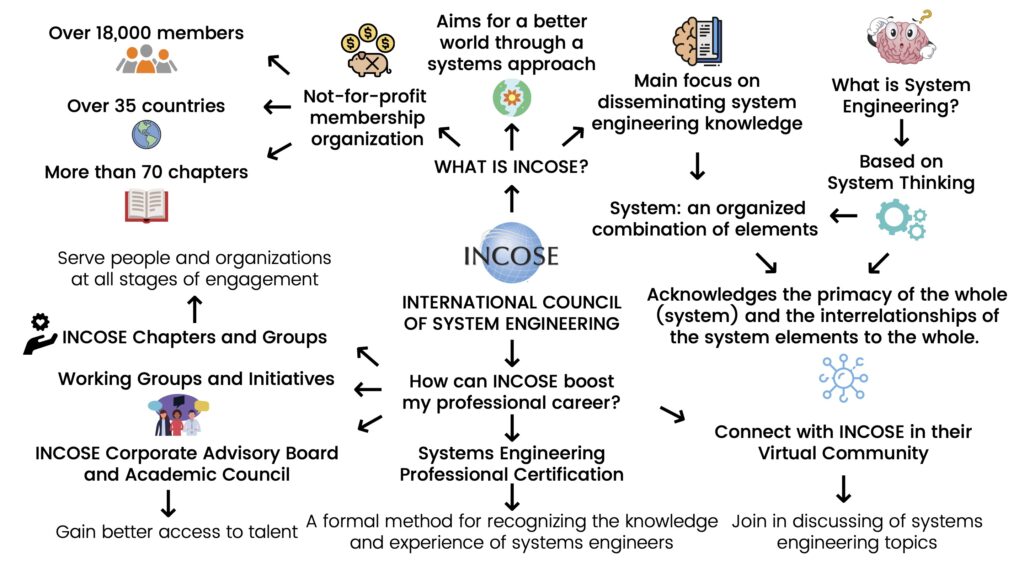
What can INCOSE offer you?
INCOSE is not just a handbook of knowledge, it is a great community by which you can improve your professional status, get to know great professionals and people with shared interests and find top-level resources.
Career advancement opportunities
INCOSE can help you improve your career, leading your professional future to a brighter one. This can mainly be done by demonstrating your competences in systems engineering through the Systems Engineering Professional Certifications. This is a formal process in which a set of experienced and skilled representatives on the field provide confirmation of your competency. There are three certification levels:
- ASEP or Associate Systems Engineering Professional
This first level is addressed to knowledgeable individuals with 0 to 5 years of systems engineering experience. ASEP recognizes individuals who wish to be recognized as knowledgeable but without demonstrated SE experience. This means, those who aim to start a career on the domain but still don’t have started practicing.
- CSEP or Certified Systems Engineering Professional
The intermediate level of the Professional Certifications is for those practicing systems engineers with demonstrated expertise and 5 or more years of experience. This second qualification requires having practiced on SE.
- ESEP or Expert Systems Engineering Professional
This final level is only addressed to chief systems engineers with demonstrated technical expertise and leadership with over 20 years of experience. ESEP is exclusively reserved for those who have distinguished themselves by demonstrating both substantial experience and technical leadership.
The process to obtain this certificates consist of joining INCOSE and then choosing the certification level that best fits you. After that, you have to complete several forms, provide the documentation and pay the fee which consists of 150$, 300$ (or 200$ if you transition from ASEP to CSEP) and 550$ respectively. The final step is to pass the exam in a timespan of one year beginning with the payment. It is also important to know that the ASEP certification has to be renewed every 5 years and the CSEP every 3 years. Renewal is not required for Expert level.

Apart from this, INCOSE also has a career center aiming to connect talent with opportunities in which job opportunities are posted.
Networking and relationship’s creation
Knowing people with shared interests and professional paths always open new opportunities and offers other perspectives. Exactly this is what INCOSE aims to foster among its community. I also promote collaboration in systems engineering education and research as well as to facilitate the development of a global community of systems engineers and system approaches to problems. The main networking tools INCOSE facilitates are:
- Chapters: professional and social programs whose objectives are attracting new members within the industry, supporting technical activities and showcasing INCOSE as the international authoritative body on SE that it is. Currently, there are 74 chapters.
- Working Groups: these are the source of technical products, interactions, events and information repositories. They provide resources to stakeholders who want to share and access information that brings additional value to systems engineering careers. This is where practitioners can discuss, collaborate and share their feelings and interests as well as to create value and receive it between each other. There are 55 Working Groups until the moment with a wide diversity of topics from which members can choose.
Both Chapters and Working Groups allow you to increase your circle of influence and to work on a particular issue with others.
- Virtual Community: whether through the Systems Exchange Cafés discussing system approaches to problems or through Webinar Showcase viewing selected conferences, INCOSE’s Virtual Community is another great way to learn and share.
- Social Media: finally and adapting to the days we are living, INCOSE’s Social Media is a network of thousands of systems engineers all around the globe. You can follow, interact and engage with INCOSE and its community in the following platforms in case you are interested:
- To find the Spanish chapter of INCOSE as well as information of the organism in our country, visit AEIS or “Asociación Española de Ingeniería de Sistemas”. AEIS has the official representation of INCOSE in Spain since 2014. You can also find them on Facebook, Twitter and LinkedIn. Additionally, our university UC3M is AEIS’ sponsor.
System Engineering resources
INCOSE develops cutting-edge materials in order to share its wealth of knowledge with the systems engineering community. These materials are developed by INCOSE experts with vast theoretical and practical knowledge with a focus on providing impactful guides for the community. Additionally, since it is a living product which accepts community input continuously, there are regular refreshes and updates of content.
These resources which include annual international Symposium papers and presentations, technical products, periodicals or journals can also be found on the INCOSE Store where most of the content is free for members and usually has a cost for non-members.
Where is INCOSE used today?
As you have learned by now, INCOSE is one of the largest, and most popular methods of homogenization for Systems Engineering, though you must be wondering what companies are actually using INCOSE in their day to day operations or when looking to hire someone new. Since INCOSE is used globally, there are many notorious companies that have implemented it into their Systems Engineering as well as their human resources criteria. Some of the most popular companies that use INCOSE are: The Airbus Group, Lockheed Martin, BAE Systems, Roche, and L-3 Communications.
What do these companies have in common? Well, even though they are distinctly different from each other, all of them have felt the need for unified criteria when building and creating systems and sought out for a solution such as INCOSE. Due to its flexibility, INCOSE has been a great choice for many companies no matter the industry, therefore being a choice for many top-of-the-line enterprises and engineers. For example, one of the professionals in the field of INCOSE in our university environment, Juan Llorens, who was president of INCOSE Spain has found great benefits to the knowledge provided by INCOSE for his further career development as a CTO. Juan possesses two INCOSE certifications and has participated in a myriad of projects related to the field. He clearly is an example of how INCOSE can be used as a tool to help you develop your career and reach your goals.
All in all, INCOSE has provided many solutions in the systems engineering field. It has provided companies with the tools and materials needed to make unified systems as well as provided knowledge and career opportunities for future system engineers looking to work in any industry that uses INCOSE. We can therefore conclude that INCOSE has satisfied a need that has emerged in the era of digitalization, which requires intensive systems engineering, providing an unprecedented solution to a modern problem.
Miguel del Valle: I am a Management and Technology student very interested in software and sustainable development. I picture myself studying and learning as much as possible to apply it for jobs that can make an impact, whether in the public sector, private sector, or by myself. Apart from this, I love sports, especially inline hockey. @Miguel_UC3M Miguel del Valle
Roberto Haro: Currently studying at the University Carlos III de Madrid, my interests focuses on finance, software and the crypto assets market. Keen of continuous learning and developing myself as a better profession on my field. I picture myself as a successful professional on the fields I am currently studying at, as well as, continuing my development on other non-professional matters. Roberto Haro
Juan Diego Gómez: I am a Management & Tech + Computer Science student, passionate about artificial intelligence and business. I see myself in 5 years running my own startup. I love ecommerce and social media marketing. Juan Diego Gomez
Jiakai Dong: I am Chinese Management & Technology student, born and raised in Spain, passionate about technology. I have wanted to run my own business since I was a child.In 5 years, I see myself running my own digital company and being in real state. Jiakai Dong
Francisco Pérez-Vera: I am an aspiring leader, currently studying at Carlos III University, my interests vary anywhere from finance to healthcare, and how technology can be implemented in these fields to make improvements for these industries in today’s highly digitalized world. Francisco Pérez-Vera
References:
- AEIS. AEIS-INCOSE. https://www.aeis-incose.org/
- A. Delicado, Bernardo, (20 June, 2019). INCOSE Systems Engineering Competency Framework (ISECF). https://www.aeis-incose.org/wp-content/uploads/2019/07/ISECF_2019_V5.pdf
- INCOSE, (2021). From the Cutting Edge. https://www.incose.org/from-the-cutting-edge
- INCOSE, (2021). Grow In SE. https://www.incose.org/grow-in-se
- INCOSE, (2021). INCOSE’s Impact.
- https://www.incose.org/incose-impact
- INCOSE, (2021). Transforming Needs to Solution. https://www.incose.org/systems-engineering
- INCOSE, (2021) Corporate Advisory Board. https://www.incose.org/incose-member-resources/corporate-advisory-board
- Linkedin, (2021). Juan Llorens’ profile. https://www.linkedin.com/in/llorensjuan/
- YouTube, (20 July 2020). Get to know INCOSE. https://www.youtube.com/watch?v=vpStSoz2tI0
- INCOSE (2020) INCOSE Systems Engineering Professional (SEP) Certification Program. https://www.incose.org/docs/default-source/certification/incose-sep-overview.pptx?sfvrsn=7b4db9c6_16\

